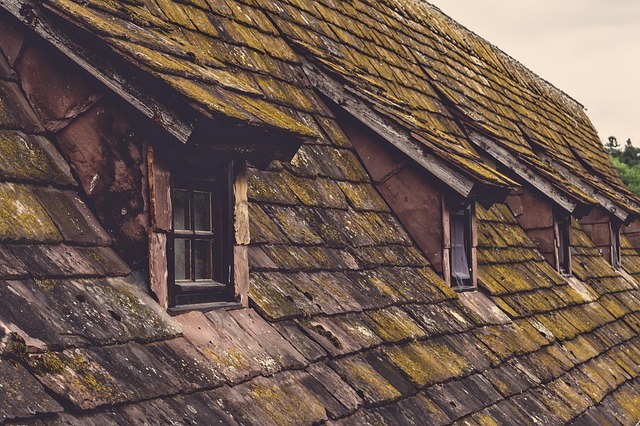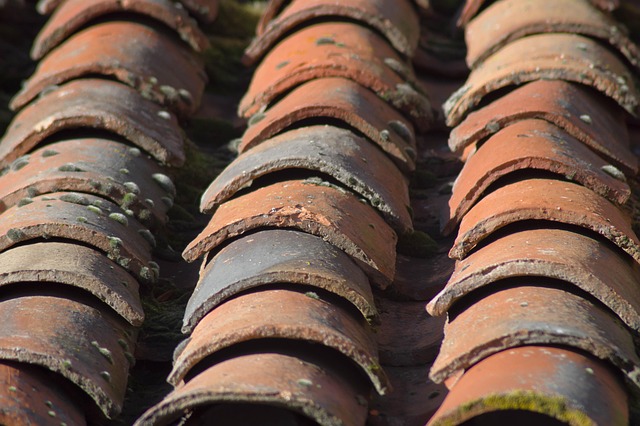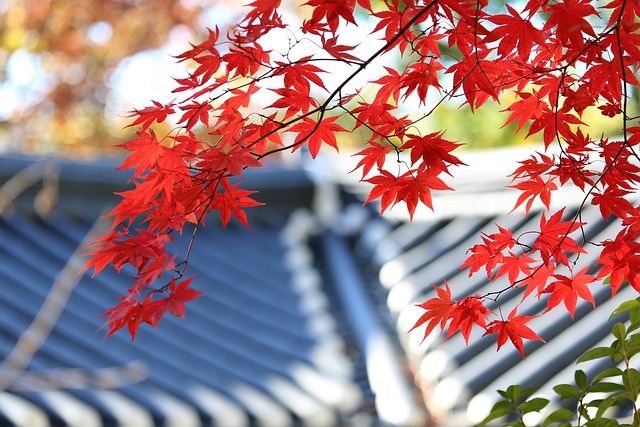Green roofing is gaining popularity in Eugene, Oregon, offering a sustainable solution for urban areas. By transforming traditional rooftops into lush green spaces, these eco-friendly roofs provide multiple environmental benefits, including mitigating the urban heat island effect, managing rainwater runoff, enhancing air quality, and creating habitats for urban wildlife. Driven by climate change awareness, local incentives, and technological advancements, homeowners and businesses are adopting green roofing as an attractive and environmentally beneficial choice. The process involves assessing roof integrity, selecting suitable options, preparing the surface, and planting native vegetation to create vibrant, energy-efficient green spaces that benefit the local ecosystem.
“Discover the future of urban sustainability in Eugene, Oregon, where innovative green roofing practices are transforming local landscapes. This article explores the environmental benefits of adopting eco-friendly roofs and highlights the growing trend among area residents and businesses.
From understanding the fundamentals of green roofing to exploring popular local options and providing a comprehensive step-by-step guide for implementation, we offer valuable insights for those seeking to contribute to Eugene’s environmentally conscious community.”
- Understanding Green Roofing: Benefits for Eugene's Environment
- The Rise of Sustainable Roofing in the Local Area: Trends and Popular Options
- Implementing Eco-Friendly Roofs: A Step-by-Step Guide for Eugene Homeowners and Businesses
Understanding Green Roofing: Benefits for Eugene's Environment

Green roofing is a revolutionary concept that has been gaining traction in urban areas like Eugene, Oregon, as a sustainable and eco-friendly alternative to traditional roofing. This innovative practice involves planting and growing vegetation on rooftops, offering a wide range of environmental benefits. By incorporating green roofs, Eugene can contribute to the local ecosystem’s health and well-being.
One of the key advantages is their ability to reduce the urban heat island effect, which is especially relevant in Oregon’s climate. These roofs provide insulation, absorbing and retaining heat during colder months and offering shade during the summer, thus decreasing energy consumption for cooling. Furthermore, green roofing helps with water management by allowing rainwater absorption, reducing runoff and its potential impact on local water bodies. The vegetation also filters pollutants, improving air quality, and provides habitats for urban wildlife, fostering biodiversity in the heart of the city.
The Rise of Sustainable Roofing in the Local Area: Trends and Popular Options

In recent years, there’s been a notable shift towards sustainable roofing solutions in the Eugene Oregon area, reflecting a broader global trend towards eco-friendly practices. Homeowners and businesses alike are increasingly embracing green roofing as both an aesthetically pleasing and environmentally responsible choice. This growing popularity is driven by several key factors: a heightened awareness of climate change, local incentives promoting green building practices, and advancements in technology that make these systems more accessible and affordable than ever before.
The most popular options among the eco-conscious residents of Eugene include extensive and intensive green roofs. Extensive systems are relatively shallow with low-maintenance vegetation like grasses and succulents, ideal for reducing urban heat islands and absorbing rainwater. Intensive roofs, on the other hand, are deeper and can support a variety of plants, even trees, offering a more diverse habitat but requiring more upkeep. Other trends include integrating solar panels into green roofs, creating dual-purpose systems that further enhance energy efficiency and sustainability.
Implementing Eco-Friendly Roofs: A Step-by-Step Guide for Eugene Homeowners and Businesses

Implementing eco-friendly roofs is a sustainable step that both homeowners and businesses in the Eugene Oregon area can take to contribute to their local environment. The process starts with understanding your roof’s current condition and assessing its load-bearing capacity for additional weight. Once this is determined, you can choose from various green roofing options suitable for different climates and budgets.
Next, prepare the roof surface by ensuring it’s clean and free of debris. Then, install a water-proof membrane to protect against leaks. After that, add a layer of drainage material to allow excess water to flow off the roof efficiently. A growing medium—typically lightweight soil—is layered on top, followed by the final step: planting native vegetation suited for Oregon’s climate. This comprehensive approach combines aesthetics with functionality, transforming your roof into a vibrant green space that enhances energy efficiency and contributes to a healthier local ecosystem.
